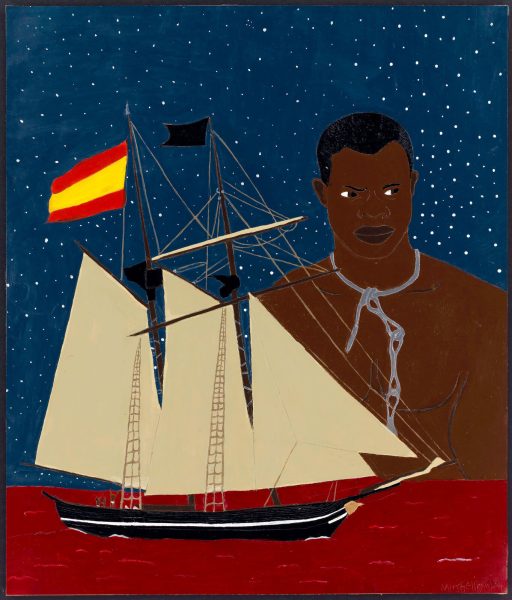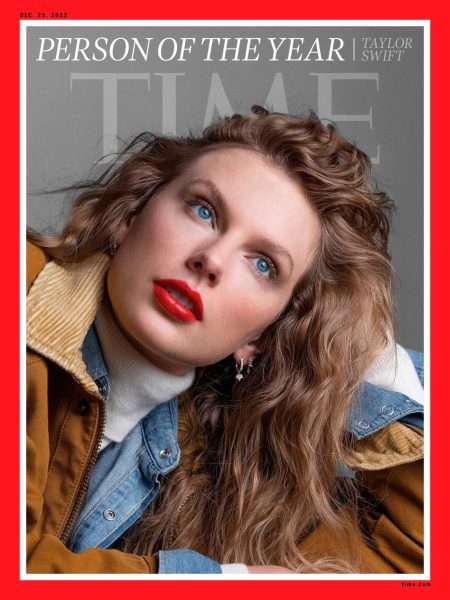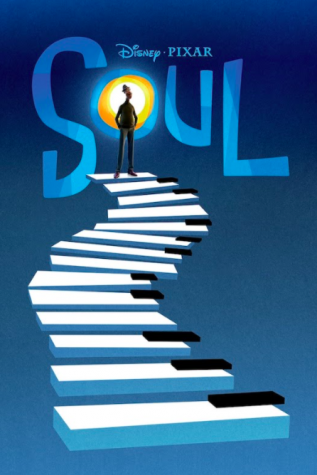A Review of Spider-Man: Into the Spider-Verse
Before Spider-Man: Into the Spider-Verse, Sony Pictures Animation movies were far from award-show frontrunners in the animation industry. The studio’s most recent release, The Emoji Movie, received a dismal 8% rating on Rotten Tomatoes and was thought to be the worst movie of 2017. And yet, during this past Golden Globes Ceremony, Sony’s Spider-Man: Into the Spider-Verse beat out big-budget blockbusters like Disney’s Incredibles 2 and Pixar’s Ralph Breaks the Internet, taking home the award for Best Animated Feature Film. So how did Spider-Man: Into the Spider-Verse snatch its victory?
Prior to Spider-Verse’s release, many fans were skeptical of Marvel’s new “black Spider-Man,” suspecting it to be a ploy for diversity. Although the Miles Morales character has been around in the Spider-Man Ultimatum storyline since 2011, some believed Marvel was simply pandering to today’s more inclusive Hollywood culture. However, this suspicion could not have been more wrong. In fact, Spider-Verse makes Miles’ race completely non-essential to the plot; there are no subtitles for his Spanish dialogue with his mother, the film never addresses his race directly, nor does it frame Miles’ character with cliche stereotypes of black boys. Instead, the film highlights his sharp intellect, clumsy teenage awkwardness, and humorous wit, presenting Miles as a charming, relatable protagonist who just so happens to be Afro-Latino. In addition, the whole point of the movie is that there are different universes featuring different versions of Spider-Man, so having a diverse cast is not only logical for the narrative, but also practical for audience members to tell characters apart. Thus, the movie achieves a gold standard for minority representation by completely normalizing the image of an Afro-Latino Miles Morales alongside memorable supporting cast-mates like Spider-Woman Gwen Stacy and Japanese-American Peni Parker.
In terms of production, Spider-Verse was a feat both in dedication by its animators and artistic vision by its producers. According to head animator Josh Beveridge, it took a year to develop the movie’s art style, which harnesses comic-style text boxes, vibrant color palettes, and comic panel shot designs to truly bring a comic book to life. Meanwhile, producers Phil Lord and Chris Miller, who have previously directed fan-favorites like The Lego Movie and 21 Jump Street, strived to produce a Spider-Man movie that was 100% faithful to the comics. The result is a love letter addressed to Spider-Man fans, featuring Easter eggs that cross-reference comics, movies, video games, and merchandise throughout the Spider-Man fandom. Bolstering this attention to detail is a killer soundtrack, which incorporates upbeat melodies like “Sunflower” by Swae Lee and Post Malone with heart wrenching ballads like “Scared of the Dark” by Lil Wayne, XXXTENTACION, and Ty Dolla $ign to balance the movie’s fun and somber moments.
Fans and critics alike have lauded Spider-Man: Into the Spider-Verse as the best Spider-Man movie ever made, not only for its praiseworthy production and representation, but also for its message. With the recent death of Marvel Comics icon and co-creator of Spider-Man, Stan Lee, it is hard to think that now someone has to take his place in the world of comics. Similarly, Miles, an ordinary boy who has to learn how to “become” Spider-Man after his universe’s Peter Parker dies, struggles to live up to such a legendary legacy. But the beauty of Spider-Man’s character and the message that both Lee and the filmmakers have strived to convey is that “anyone can wear the mask.” That is, everyone, regardless of their identity, can aspire for greatness, whether that means being a hero who saves the day or creating an iconic character beloved by readers of all ages. In this way, Spider-Verse passes the mantle to its audience members, challenging them to “be the next Spider-Man,” just like Miles.










